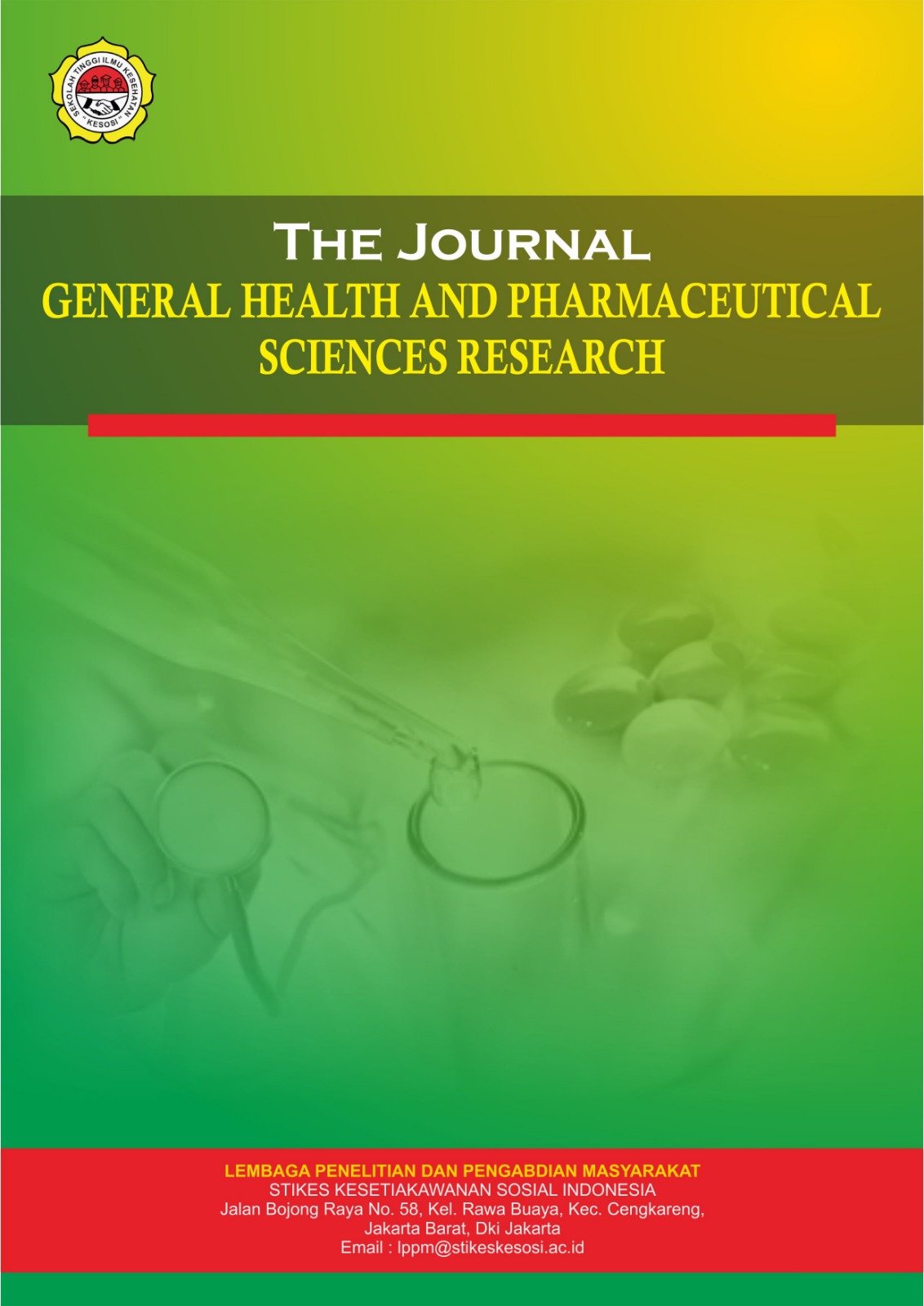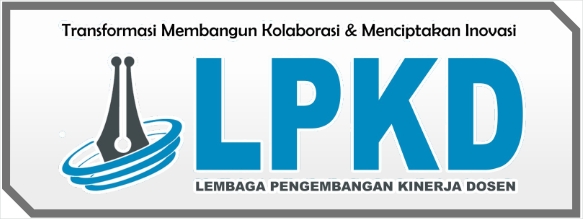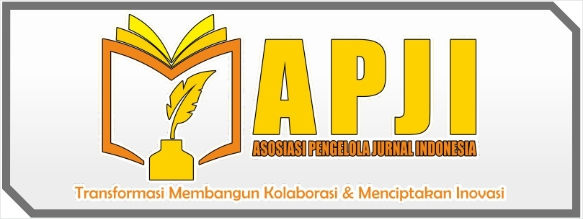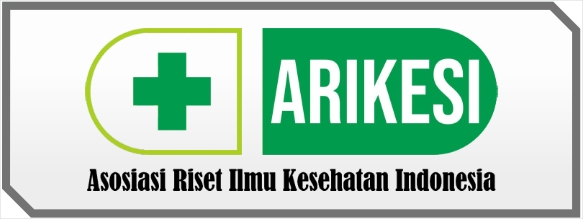Hubungan Penggunaan Kontrasepsi Hormonal Terhadap Kejadian Hipertensi pada Wanita Usia Subur di BPM Fitria Ningsih Siadari Kab. Karawang Jawa Barat
DOI:
https://doi.org/10.57213/tjghpsr.v3i1.608Keywords:
hormonal, contraception, hypertensionAbstract
Hypertension is a major risk factor for cardiovascular disease and contributes significantly to global morbidity and mortality. In Indonesia, the prevalence of hypertension in Women of Reproductive Age (WUS) reaches around 28.2%, while the use of hormonal contraception—especially injections, pills, and implants—is still a popular choice among couples of reproductive age. Several studies have shown a relationship between the use of exogenous hormones and increased blood pressure, but specific data at the local service facility level are still limited. This study aims to determine the relationship between the use of hormonal contraception and the incidence of hypertension in WUS at BPM Fitria Ningsih Siadari, Karawang Regency, West Java. This study used a cross-sectional analytic design. A sample of 102 WUS (15–49 years) who actively visit BPM Fitria Ningsih Siadari will be taken using purposive sampling. The independent variables include the type of hormonal contraception and duration of use; the dependent variable is hypertension status (blood pressure ≥ 140/90 mm Hg). Demographic data and confounding factors (age, BMI, family history of hypertension, salt intake, physical activity) were collected through questionnaires and standard blood pressure measurements. Bivariate (Chi square) and multivariate (logistic regression) analyses were used to evaluate the association, with a significance level of p <0.05. The results obtained The use of hormonal contraception in BPM Fitria Ningsih Siadari, Karawang Regency, West Java in 2023, the majority used injectable contraception, as many as 58 respondents (56.9%). Blood pressure in BPM Fitria Ningsih Siadari, Karawang Regency, West Java in 2023 was mostly grade 1 hypertension, as many as 46 respondents (45%). There was a relationship between the use of hormonal contraception and the incidence of hypertension in women of childbearing age (WUS) in BPM Fitria Ningsih Siadari, Karawang Regency, West Java in 2023 with a p value = 0.000
References
Dinas Kesehatan Kabupaten Karawang. (2018). Profil kesehatan Kabupaten Karawang tahun 2018. Karawang: Dinas Kesehatan Kabupaten Karawang.
Guyton, A. C., & Hall, J. E. (2016). Textbook of medical physiology (13th ed.). Philadelphia: Elsevier.
Hatcher, R. A., Trussell, J., Nelson, A. L., Pillai, R., Aiken, A. R. A., & Cwiak, C. (2018). Contraceptive technology (21st ed.). Ayer Company Publishers.
Kementerian Kesehatan Republik Indonesia. (2018). Riset Kesehatan Dasar (Riskesdas) 2018. Jakarta: Kementerian Kesehatan RI.
Kementerian Kesehatan Republik Indonesia. (2021). Profil kesehatan Indonesia 2021. Jakarta: Kementerian Kesehatan RI.
Mansour, D., Bahamondes, L., & Croxatto, H. B. (2020). The effects of hormonal contraception on blood pressure: A systematic review. Journal of Hypertension, 38(10), 1919–1927. https://doi.org/10.1097/HJH.0000000000002492
National Institutes of Health. (2017). Seventh report of the Joint National Committee on prevention, detection, evaluation, and treatment of high blood pressure (JNC 7).
Rangga, A., & da Cunha, M. (2021). Faktor risiko hipertensi pada pengguna kontrasepsi hormonal di Indonesia. Indonesian Journal of Clinical Epidemiology, 5(1), 23–30.
Sari, R. P., Isfandari, S., & Wijaya, R. (2015). Pengaruh penggunaan kontrasepsi hormonal terhadap prevalensi hipertensi pada wanita usia subur. Jurnal Kesehatan Masyarakat Indonesia, 10(2), 115–122.
World Health Organization. (2016). Selected practice recommendations for contraceptive use (2nd ed.). Geneva: WHO.
World Health Organization. (2019). Hypertension [Fact sheet]. Retrieved April 18, 2025, from https://www.who.int/news-room/fact-sheets/detail/hypertension
Downloads
Published
Issue
Section
License
Copyright (c) 2025 The Journal General Health and Pharmaceutical Sciences Research

This work is licensed under a Creative Commons Attribution-ShareAlike 4.0 International License.













